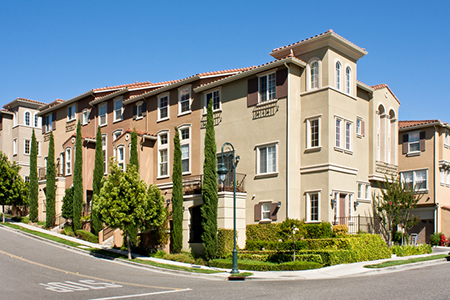The nation’s hottest housing hubs have clusters of affordable housing, but the demand for housing in the more expensive epicenters is widening the divide between them, according to recently released research by Zillow. The gap, says Zillow Chief Economist Dr. Svenja Gudell, is predominant on the West Coast.
“The Bay Area and other expensive West Coast markets get a lot of attention for being unaffordable, but even they have some areas where the share of income spent on housing is relatively low,” Gudell says. “Of course, buyers have to be willing to make some trade-offs to live in more affordable cities within the metro. Some cities in the most in-demand housing markets across the country have such a high housing burden that they are simply not feasible for buyers with lower incomes. If income growth doesn’t keep pace with home value growth, especially as mortgage rates rise, inequality will persist.”
In San Jose, Calif., homebuyers in Palo Alto spend 75.4 percent of their income on housing, while homebuyers in Milpitas—15 miles away—spend 34.8 percent. In San Francisco, Calif., homebuyers in Berkeley spend 58.4 percent of their income on housing, while homebuyers in Antioch spend 21.9 percent.
The gap, however, is slimmer in cooler markets. In St. Louis, Mo., homebuyers in St. Charles spend 12.7 percent of their income on housing, while homebuyers in St. Louis spend 11.6 percent; in Orlando, Fla., homebuyers in Kissimmee spend 14.9 percent of their income on housing, while homebuyers in Pine Hills spend 10.5 percent.
The widest divides include:
Los Angeles-Long Beach-Anaheim, Calif.
Santa Monica, Calif. – 66.1 percent
Lancaster, Calif. – 18.5 percent
Miami-Fort Lauderdale, Fla.
Miami, Fla. – 42.8 percent
Lauderhill, Fla. – 10.3 percent
New York, N.Y.-Northern N.J.
Passaic, N.J. – 45.7 percent
Brentwood, N.Y. – 14.7 percent
For more information, please visit www.zillow.com.
For the latest real estate news and trends, bookmark RISMedia.com.











